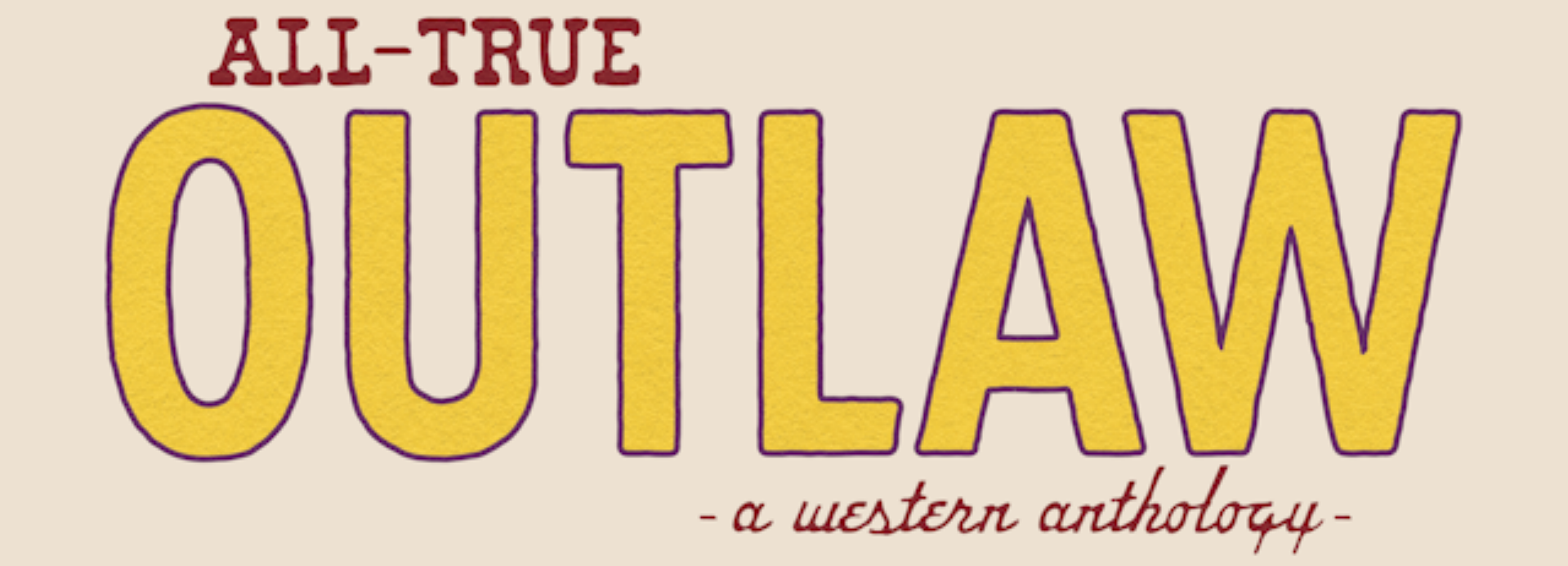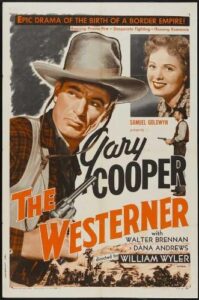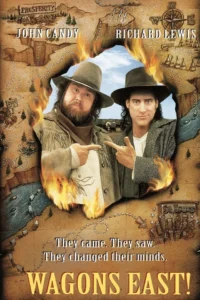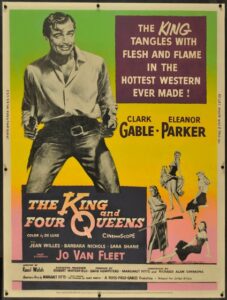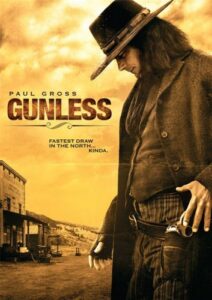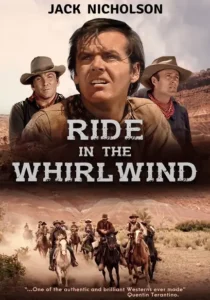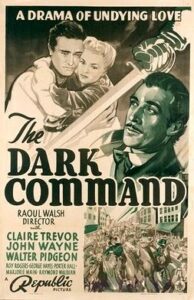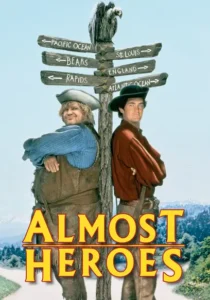Ciao cowpokes,
We’re six deep into Project: 100 Westerns! If you’re just joining us, I’m gonna watch 100 Westerns and provide a mini review on each.
This edition features a couple of newer entries, as well a super old one, and a fourth that’s slotted right betwixt those two eras.
#20. Organ Trail (2023)
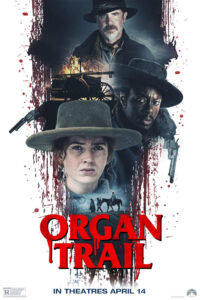
Playing off of Xillennial nostalgia, The Organ Trail harkens back to the age when schools had computer labs with rows of bulky monitors and noisy printers. Many of us in a certain age bracket remember the popularity and fun of the classic PC game, The Oregon Trail, where the player would take on the task of navigating the famous passage in a digital world, including shooting pixelated game, forging rivers, buying digital goods and avoiding dysentery. This movie lures in a certain age bracket on title alone.
Set in 1870s Montana, Organ Trail is presented as a “horror” but probably slots better into “thriller”, despite the promotional vibe of the poster, tagline and trailer. There is sufficient violence, and does have some slasher movie vibes, especially toward the end, but frankly, the plot swerves and vibrates so much that its more defined by its unsteady nature than the antagonistic elements.
The movie relies heavily on sudden developments and shocking turns, so I am hesitant to get too much into the specific details. I will give kudos for the ambition in the writing, it certainly honors the brutal nature depicted in many Westerns and punches it up to 11. This volatility helps define the tone, but also is detriment when it comes to a cohesive story arc. The shifting concentration and drastic plot maneuvers are like a sugar high – they entertain for a moment and then you crash as you reorient to the new situation/characters/danger.
I’ve said before: We’re in a bit of a hidden renaissance of Westerns, with a trove of D-list actors starring in low-budget affairs that are relegated to streaming services like Tubi and Plex. Many are not good, about the quality of a Lifetime movie, and Organ Trail sort of slots into that feel, but overall it’s got a fairly good production quality and actor pool.
What mars the effort are some absolutely unbelievable sequences that break immersion. Despite the inherent historical elements of Westerns, I do not expect them to adhere to reality at all times, but some of the things that happen in the movie will take you out of it. In one scene, a villain fires his gun straight into the air as a warning, only for the bullets (all of ‘em) to zoom down and strike his body with extreme force. There is some debate about the fatal velocity of bullets shot into the sky, but the depiction of this scene is insane. In the next segment, the protagonist jumps into a frozen river and comes out mostly unscathed several minutes later. In a moment during the final act, one antagonist draws his guns within a foot of another baddie, only for them to be wrestled away and used against him. These little moments of poor choreography and wonky physics salt away most of the good will the movie generates.
All in all, it’s a fine snowy Western, has a few good performances and does just enough to keep the audience engaged until the very end. I’m not sure I liked it, but you could do a lot worse in the age of the Streaming Western.
#21 Dead Men Ride (1971)
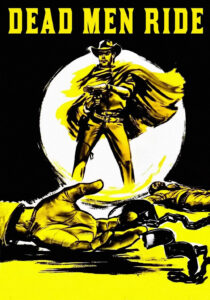
“We are all at fault, we old ones even more.”
This Italian-Spanish Western wastes no time setting up its main character and central premise: escaped prisoner Roy (Fabio Testi) stumbles across a small mining community and decides to ride into town to confront their exploiter, a wealthy man by the name of Redfield (Eduardo Fajardo). As the plot unwinds, we gain context on what drives Roy to take up this hero’s task, and there are some surprising layers to this at-times brutal film.
All in all, this is a straightforward and competent movie. t’s not super ambitious, but possesses enough action and swerve to propel the viewer through the hour-and-a-half minute runtime. A lot of the tension in the movie relies on the actors’ long stares and a solid soundtrack, but that works in the realm of spaghetti. In typical European fashion, the drama of the whole thing is enhanced through intense standoffs and baroque masculinity – Roy is the typical gunslinger type, short on words but extremely capable with a gun or blade, and his bent toward justice frames the rest of the character’s motivations. The ridiculously good looking Testi helps shift the film along, and the side actors do their job as well.
If you’re looking for something that apes the Sergio Leone style, this is it.
#22. The Fighting Westerner (1935)
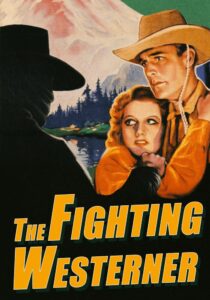
When this movie, based on an unfinished Zane Grey book, originally released in 1935 it was titled Rocky Mountain Mystery, which is more appropriate for the atmosphere it evokes. The 1930s were the heyday of the hardboiled detective story, and The Fighting Westerner (retitled upon rerelease in the ‘50s) is a murder mystery set in the rural mountainland. Randolph Scott, who would go on to be one of the stalwarts of the Western genre, plays Larry Sutton, a mining engineer tasked to replace his disgraced brother-in-law at a radium mine. Upon arrival, he meets a host of furtive characters, from the mine-owner’s children, to the housekeeper and a Chinese servant, and all become suspects in the string of murders at the estate.
The movie straddles the Western genre line in interesting ways. Larry has a Southern drawl, and looks the part, but doesn’t immediately come across as an avenger of justice. The actual law, Deputy Tex Murdock (Chic Sale) is the hillbilly side character type, almost played for laughs but not quite. The setting is obliquely modern, there are cars and telephones, but apparently rustic as well. There’s a cloaked killer roaming the household, and a big reveal in the final act, just like some of the more spooky PI tales of the era. It’s a fascinating mashup of genres before that was really even a thing, and I’m here for it.
Given the movie was produced 90 years ago, it doesn’t completely hold up to the modern eye. Some of the acting is rough, and there’s naturally some dated stances toward certain groups and concepts. Still, it builds the tension well, including through the pounding of mining equipment that portends an ominous ending for anyone on the wrong side of it.
#23. The Magnificent Seven (2016)
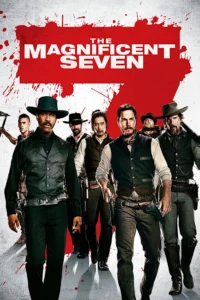
A remake of a remake, that’s what this is, and it ain’t too bad.
Westerns are tricky endeavors nowadays. Ask Kevin Costner. While there’s an appetite for the genre, its popularity is a whisper of what it once was. You need serious star power to get asses in seats for these movies, which is why all those stream darlings titled “Guns and Whiskey” and starring a niche country music star and a bunch of dayplayers are so low budget.
The Magnificent Seven 2.0 boasts a very strong cast, headlined by Denzel Washington and Chris Pratt and further supported by Ethan Hawke, Vincent D’Onofrio and Peter Sarsgaard, among others. The original, and its inspiration, Seven Samurai, basically popularized the “dream team” format, where a hyper capable guy recruits other super skilled individuals for a seemingly insurmountable task. The 2016 version hits those beats very well, giving us a diverse and fun group that make the movie worth watching. Aside from a few key differences, the plot of “badass dudes protect a small town from a megalomaniac” is intact and executed well. There’s nothing really mind-blowing about this script, its steeped in homage and convention. When you consider that the Nic Pizzolatto, creator of True Detective, co-wrote it, that’s sort of amazing.
Where the movie sings is in visual quality. It’s just well-made, from shot quality to stunts, set detail and editing. Director Antoine Fuqua delivers a strong product, balancing the talented cast against a wagon-full of action. There’s an interesting swirl of Golden Age heroism, the sensationalization of the Euro Western and modern day action movie methodology, and he mixes it well.
I doubt this movie would blow the hat off of any standard Western fan, and it’s not better than the original, but 2016’s The Magnificent Seven is easily one of the better genre offerings of the last decade.
I’m going to be honest, watching (old) movies for the purposes of review is tougher than it looks. I spent nearly a decade as a critic for comic, TV and movies, but most of the films I wrote about were things I saw in a theater, so I was forced to sit and watch. Having the power of pause is dangerous thing!
Please return June 2nd, 2025 for the newest All-True Outlaw comic drop. I’m proud of all my babies, but this next one is particularly special.
Westward!
~Jamil

